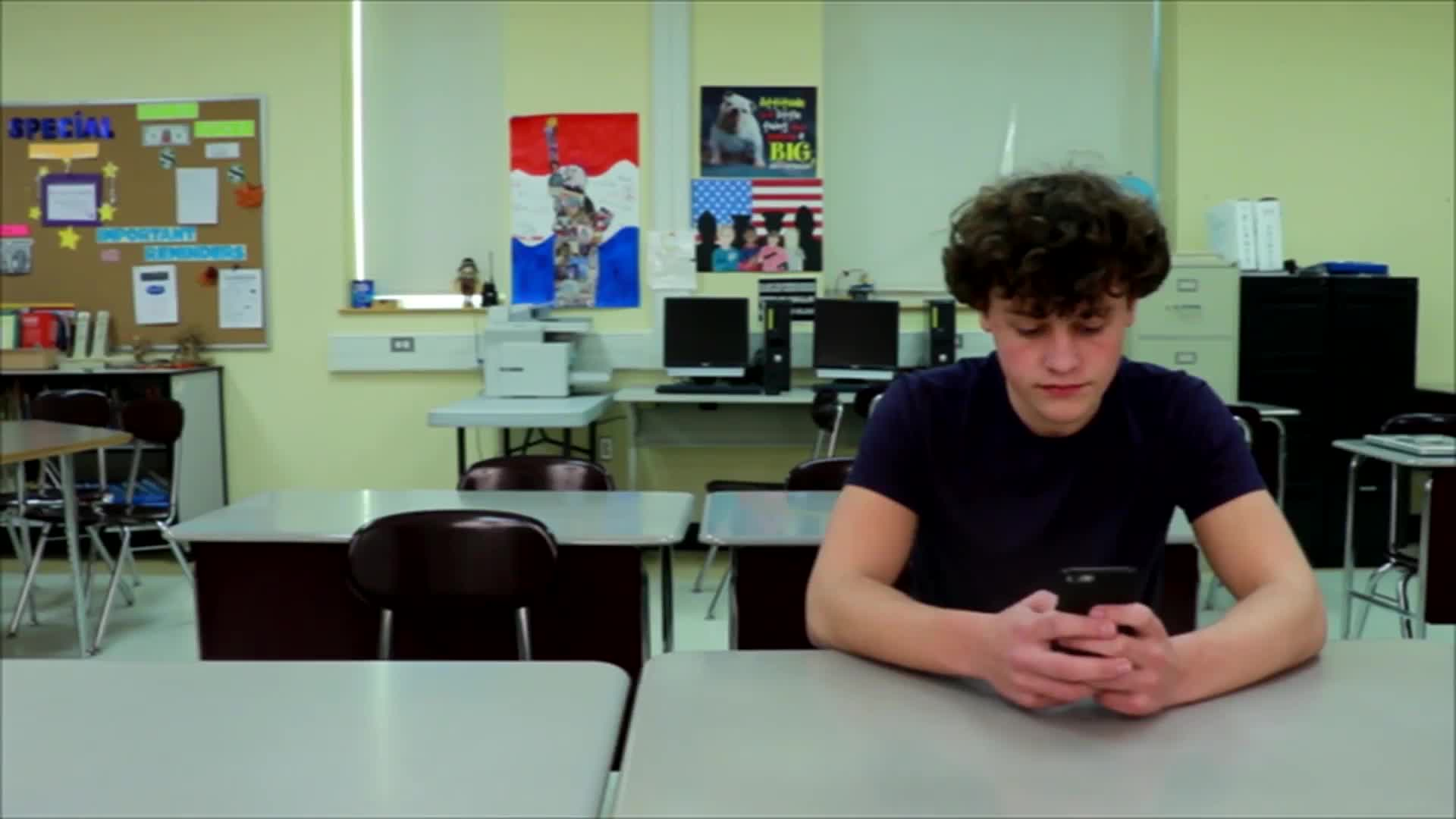
Introduction
Teaching students effective communication strategies is crucial for their social and emotional development. One way to achieve this is by helping them understand the difference between conversation drivers and conversation stoppers. Conversation drivers are strategies that initiate or maintain a conversation, while conversation stoppers can prematurely end a conversation. In this blog post, we will introduce a fun and engaging activity called Conversation Drivers and Stoppers Bingo, which will help students recognize and practice using conversation drivers and avoid conversation stoppers.
No-Prep Activity
The Conversation Drivers and Stoppers Bingo activity is a simple, no-prep game that requires minimal materials and can be easily adapted to any classroom setting. Here’s how to play:
- Divide students into small groups or pairs and provide each group with a bingo board. Each square on the board should contain a different conversation driver or stopper (e.g., “Ask a question,” “Change the topic,” “Interrupt,” “Not listening,” etc.).
- Explain the rules of the game: students will watch a series of short video clips or listen to audio recordings of conversations. In each clip, they will identify the conversation driver or stopper being used and mark it on their bingo board.
- The first group to get four conversation drivers or stoppers in a row (horizontally, vertically, or diagonally) and shout “Bingo!” wins the game.
- After each round, facilitate a brief discussion about the conversation drivers and stoppers used in the clips and how they impacted the conversation. Encourage students to share their thoughts and feelings about the strategies they observed.
Discussion Questions
To stimulate further discussions on conversation drivers and stoppers, consider using the following questions:
- Why is it important to use conversation drivers in social interactions?
- How do conversation stoppers affect our relationships with others?
- Can you think of a time when you used a conversation driver or stopper? How did it impact the conversation?
- What are some strategies you can use to avoid conversation stoppers and focus on conversation drivers?
- How can practicing these skills improve our overall communication and social-emotional development?
Related Skills
In addition to conversation drivers and stoppers, there are several other social-emotional skills that can help students improve their communication abilities. These include:
- Active listening: Paying attention to the speaker, making eye contact, and responding appropriately.
- Empathy: Understanding and sharing the feelings of others, which can lead to more meaningful conversations.
- Nonverbal communication: Interpreting and using body language, facial expressions, and gestures to convey messages effectively.
- Conflict resolution: Addressing disagreements and finding solutions that satisfy all parties involved.
Next Steps
Conversation Drivers and Stoppers Bingo is just one of the many activities that can help students develop essential social-emotional skills. To explore more resources and activities, we encourage you to sign up for free samples of skill-building materials at Everyday Speech. By incorporating these valuable lessons into your curriculum, you can help your students become more effective communicators and build stronger relationships with their peers.

